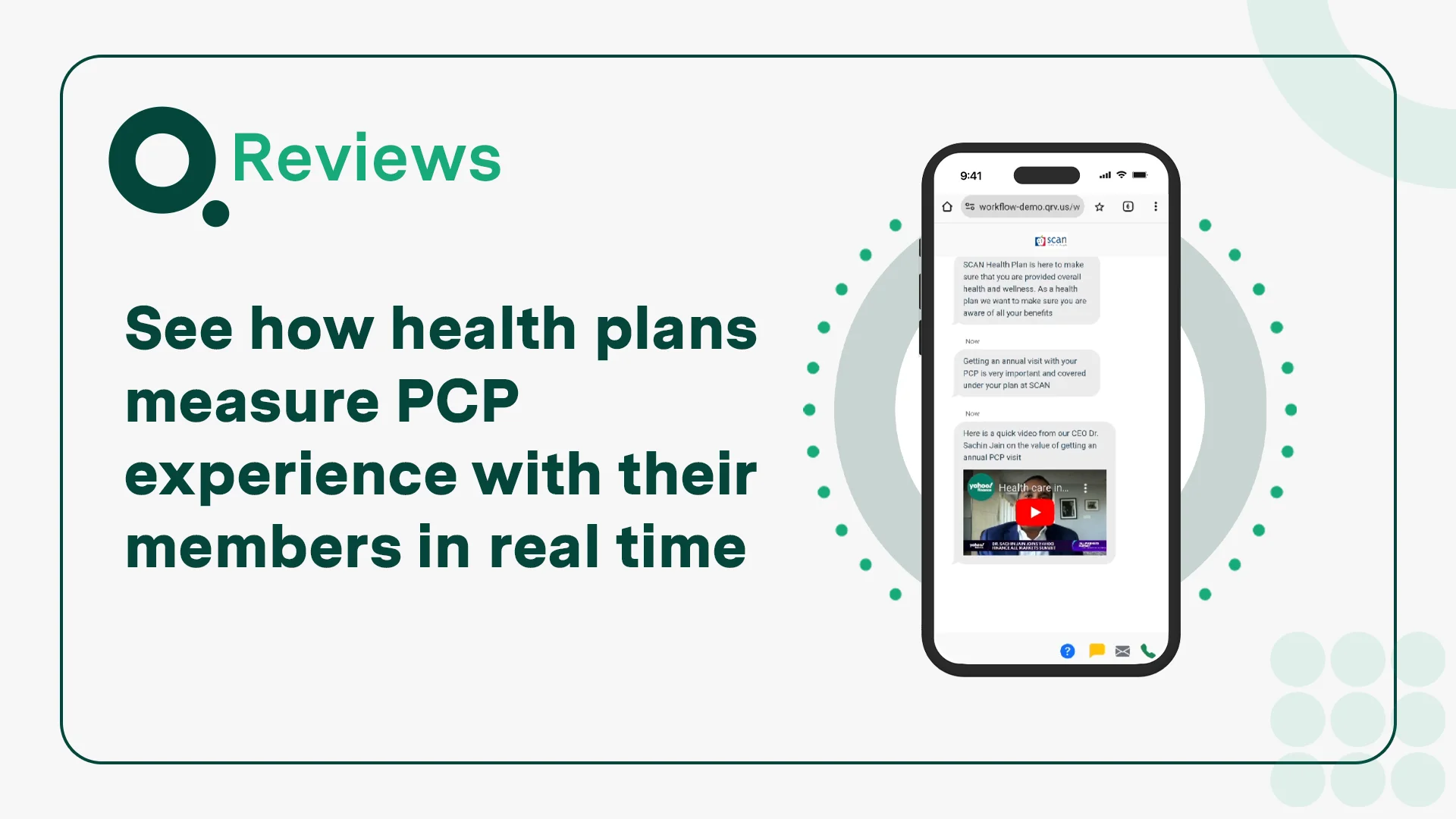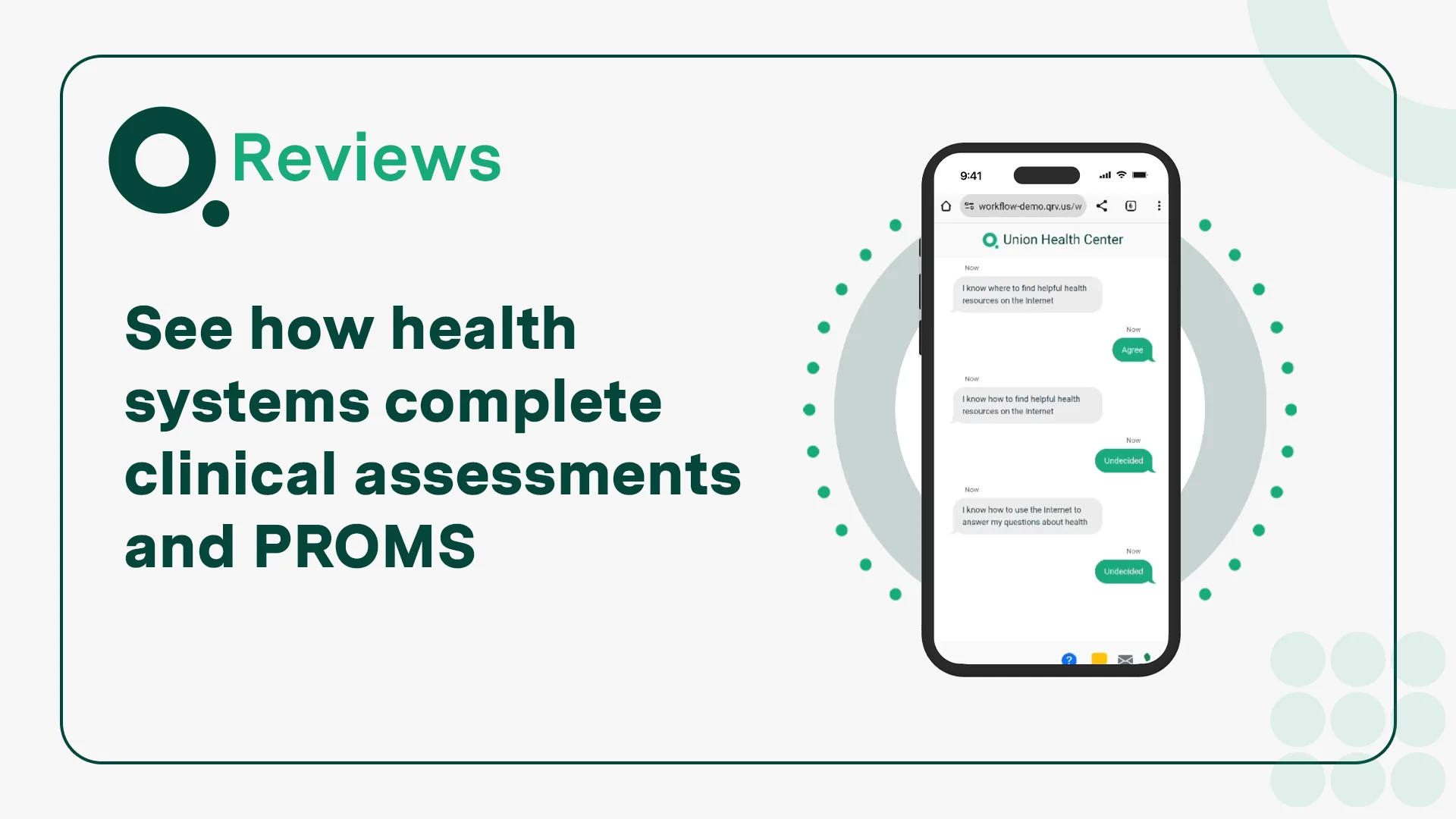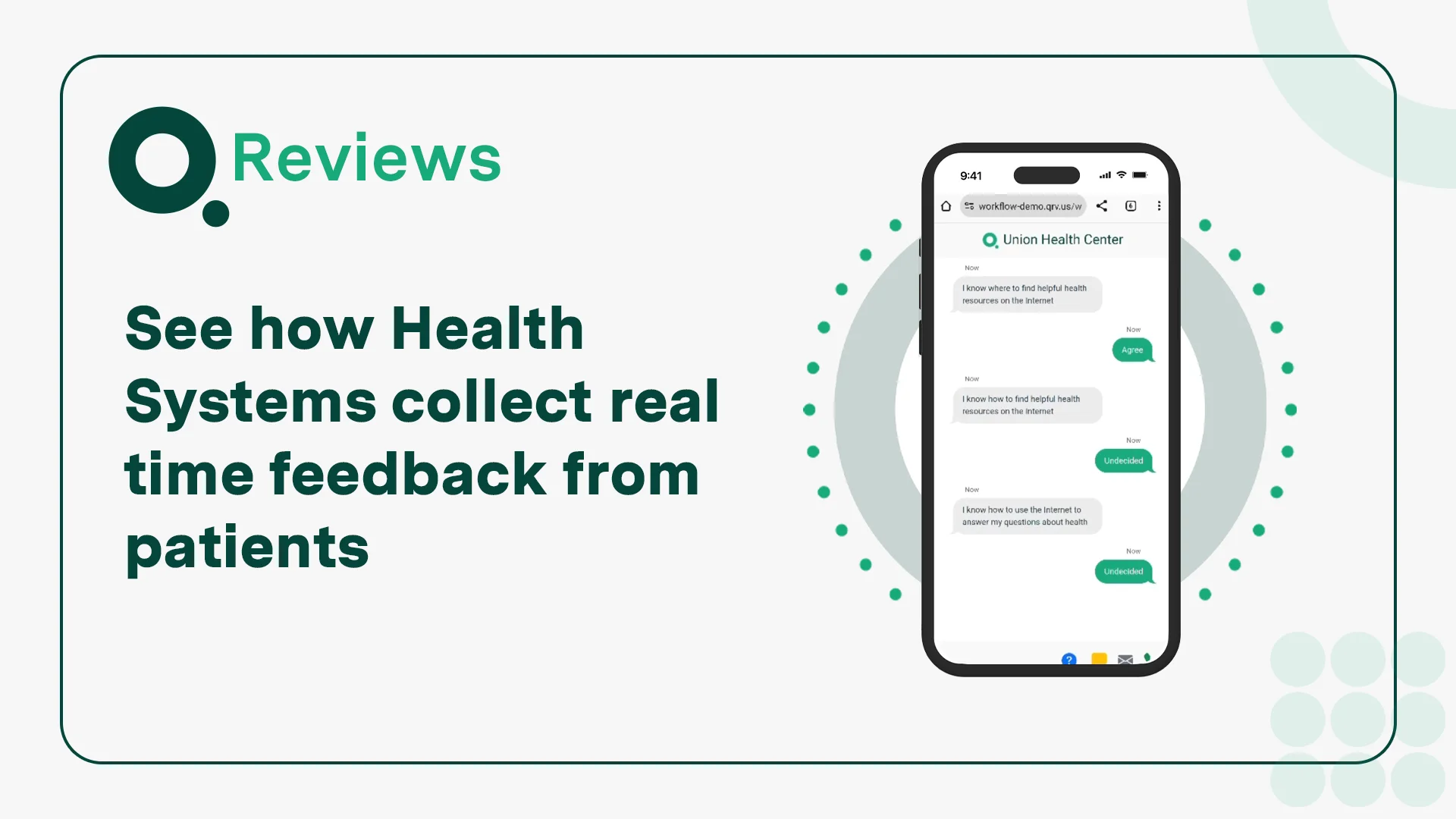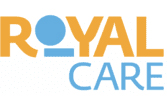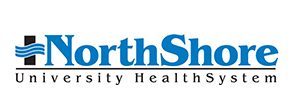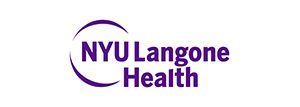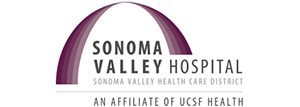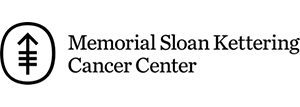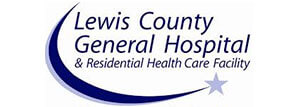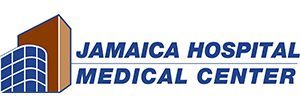Connect
Real-time Feedback and Service Recovery, facilitated by a Patient Experience Management Solution, at Any Point Along the Care Journey
Q Connect, a patient experience management solution that helps providers and payers collect real-time patient or member feedback for service recovery and improving overall patient experience.
We work with clients to establish a real-time Admission Discharge Data (ADT) feed (e.g. HL7) that is used by our tool to solicit real time feedback via SMS text message. From outpatient medical practices to imaging centers, urgent care centers, and health insurance companies, Q Reviews has experience in all clinical settings across all service lines, and at every point in the care journey. In each setting, our tool is designed to achieve the following three main functions:
Real-time Patient Feedback
Real-time Analysis and Reporting
Quick and Easy Service Recovery
How Q Connect Can Help
- Obtain patient or member feedback in real-time, not days, weeks, or months after the fact
- Listen at non-clinical points in the care journey:
- feedback on the call center experience
- feedback on the billing and financial experience
- feedback on the ability to find an appointment or desired provider
- Facilitate service recovery in real-time by enabling two-way communications with patients who have had deficiencies in their experience
- Natural language processing of unstructured comments to derive actionable insights not otherwise collected in survey data
Patient Journey Videos: See the solution in action for your healthcare organization.
The Challenge: Too Little Feedback, Too Late
Traditional survey methods deliver inferior performance with exceedingly low response rates and exceedingly slow response times. These surveys masquerade as data, but in actuality lack the statistical significance and flexibility of real-time SMS text surveys. Even in the age of email surveys, consumers and patients often tune out the deluge of messages in their inboxes.
Meanwhile, healthcare providers and payers have a limited line of sight into their patients’ experiences and perceptions that can often reveal opportunities for clinical, operational, and administrative improvement. Implementing a Patient Experience Management Solution can bridge this gap by providing real-time feedback mechanisms and insights into the patient journey.
Traditional survey methods deliver inferior performance with exceedingly low response rates and exceedingly slow response times. These surveys masquerade as data, but in actuality lack the statistical significance and flexibility of real-time SMS text surveys. Even in the age of email surveys, consumers and patients often tune out the deluge of messages in their inboxes. Meanwhile, healthcare providers and payers have a limited line of sight into their patients’ experiences and perceptions that can often reveal opportunities for clinical, operational, and administrative improvement. Implementing a Patient Experience Management Solution can bridge this gap by providing real-time feedback mechanisms and insights into the patient journey.
The Solution: Real-time SMS Text-based Feedback for Service Recovery
With the ubiquity of smartphones, healthcare organizations can leverage this universal communication modality to solicit feedback for service recovery. Moving beyond static surveys, our SMS text-based feedback solution that incorporates branching logic serves as a real-time listening tool so that healthcare
providers and payers can make service adjustments instantly. Unlike other feedback tools, Q Connect delivers a customizable patient experience management solution in an instant – not in weeks, not in days, but in minutes. Seasoned healthcare professionals use the tool for gathering business intelligence that is then used to make real-time operational improvements.
With the ubiquity of smartphones, healthcare organizations can leverage this universal communication modality to solicit feedback for service recovery. Moving beyond static surveys, our SMS text-based feedback solution that incorporates branching logic serves as a real-time listening tool so that healthcare providers and payers can make service adjustments instantly. Unlike other feedback tools, Q Connect delivers a customizable patient experience management solution in an instant – not in weeks, not in days, but in minutes. Seasoned healthcare professionals use the tool for gathering business intelligence that is then used to make real-time operational improvements.
Who Uses Q Connect
- Hospitals and Health Systems
- Medicare Advantage plans & other payers
- Accountable care organizations
- Value-based care organizations
- Direct Contracting entities
- Federally Qualified Health Centers (FQHCs)
- Outpatient Clinics
- Ambulatory Surgery Centers
(Any healthcare organization interested in improving health outcomes & streamlining operations)
Insights
Learn how to improve patient care and satisfaction through real-time feedback with our library of resources. We offer actionable advice, how-to guides,
and thought leadership content designed to help you better engage with your audience and enhance the healthcare experience overall.
Learn how to improve patient care and satisfaction through real-time feedback with our library of resources. We offer actionable advice, how-to guides, and thought leadership content designed to help you better engage with your audience and enhance the healthcare experience overall.
Webinars
Voice of the Consumer
America’s Top Health Systems
Rely On Q Reviews
Better Healthcare is One Tap Away
Schedule a Demo
